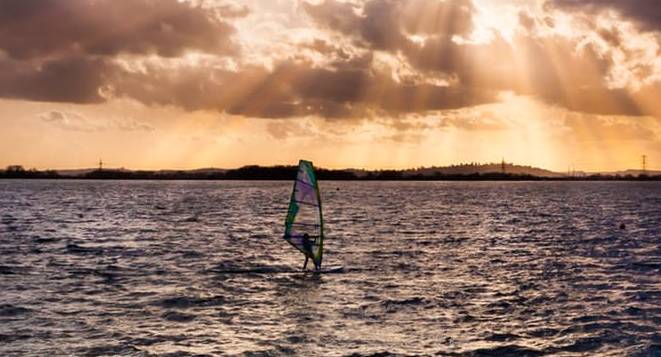Windsurfing kit
Windsurfing can appear a pretty confusing sport at first, especially as there are so many different models of board on the market. Fortunately, it’s not as complicated as it seems; although there are indeed a wide variety of board sizes and styles, they’re all for fairly specific roles, and most are actually aimed at the more experienced sailor anyway. So the choice for the first time buyer is fairly simple!
Types of board
The world of windsurfing boards can be divided into three main subgroups: long boards, mid-length boards and short boards. The edges between these groups are fairly blurred, but in general a short board is taken to mean anything without a daggerboard and around 310cm or less in length.
The main difference between short boards and all-round long boards is that long boards are very good to sail in light winds, but become bouncy and more difficult to control in more windy conditions (simply because there is a lot of board to get blown around by the wind!). This is why the experienced windsurfer will usually turn to a shorter board for use in more windy conditions, as being smaller it is more controllable and manoeuvrable underfoot, as well as substantially faster and more exciting in feel. Mid-length boards fill the gap in between, offering a mix of both light-wind and strong-wind performance.

Explaining in detail all the different types of board would take many pages, and much of the information – particularly on the shorter designs – isn’t relevant to the inexperienced sailor anyway.
The rig
The windsurfing rig consists of sail, mast, boom and mastfoot. These are usually bought separately, although complete rig packages are available, particularly with beginner/intermediate boards.


